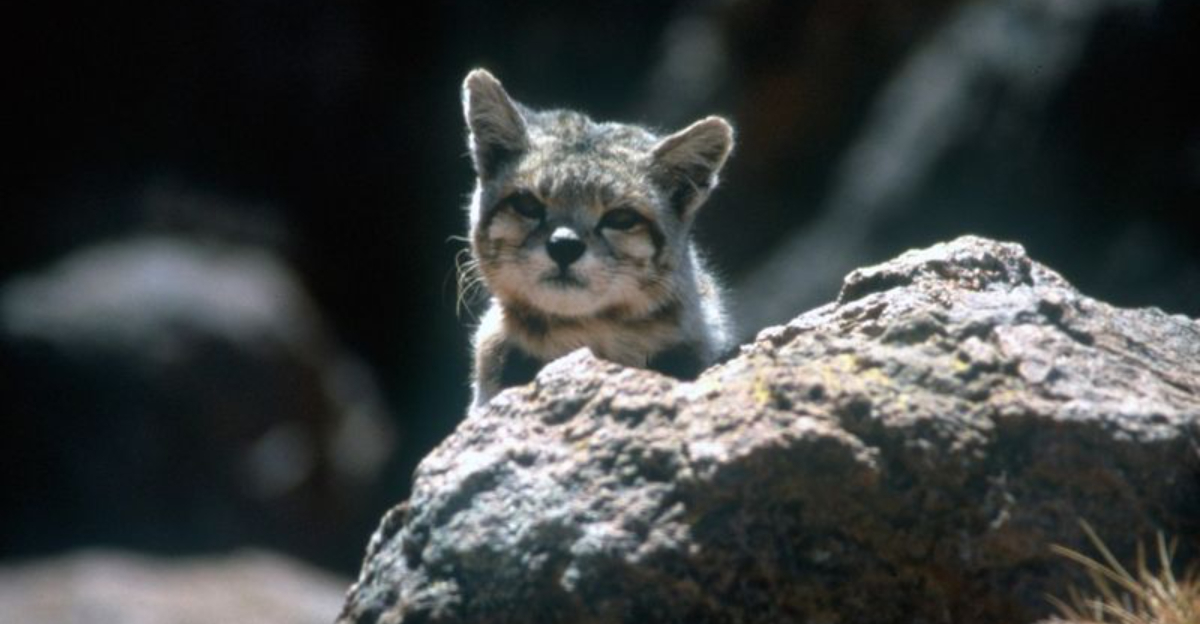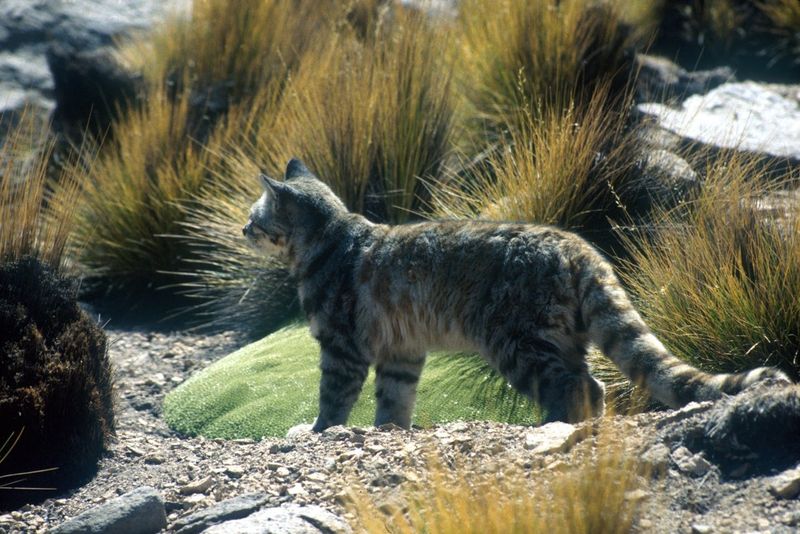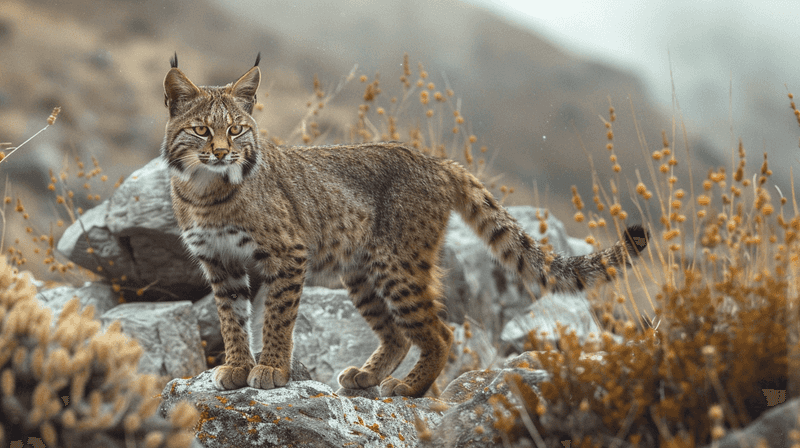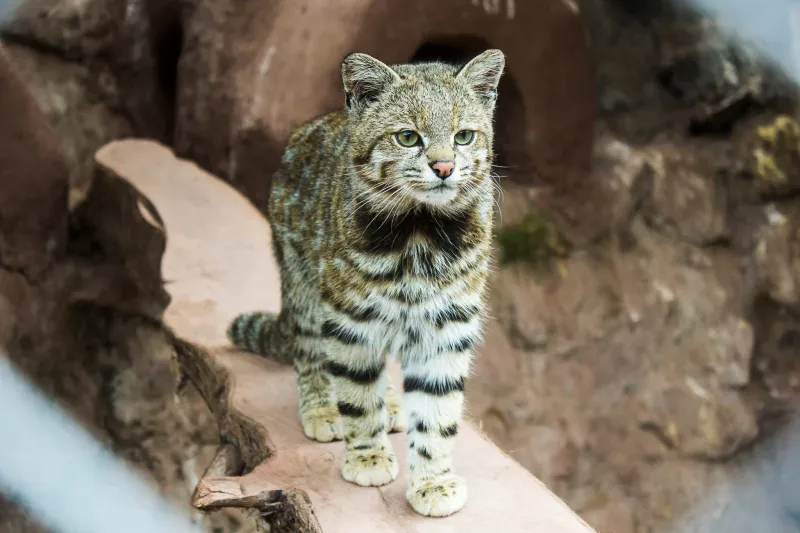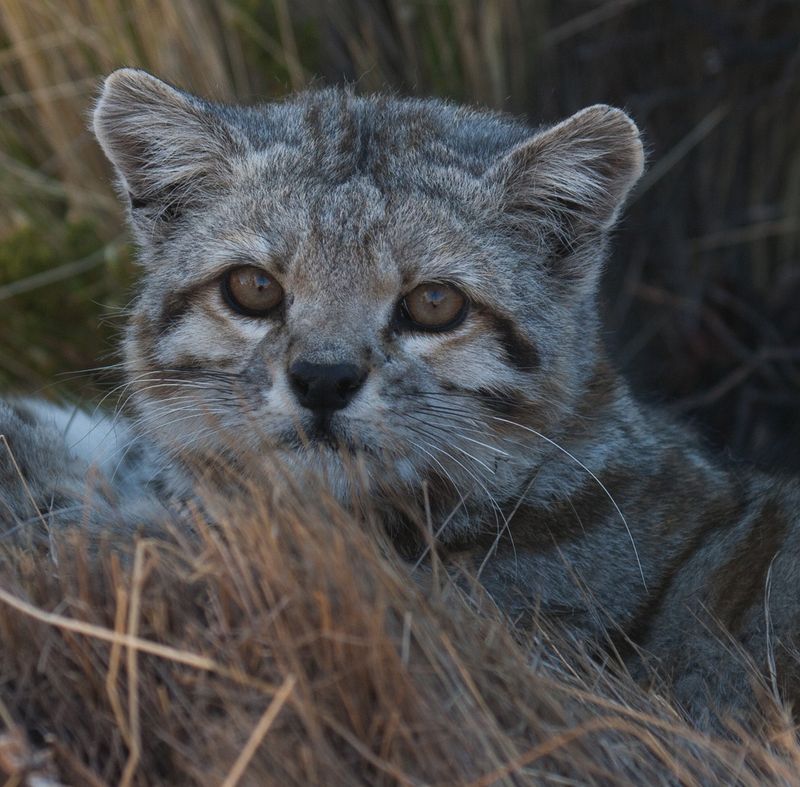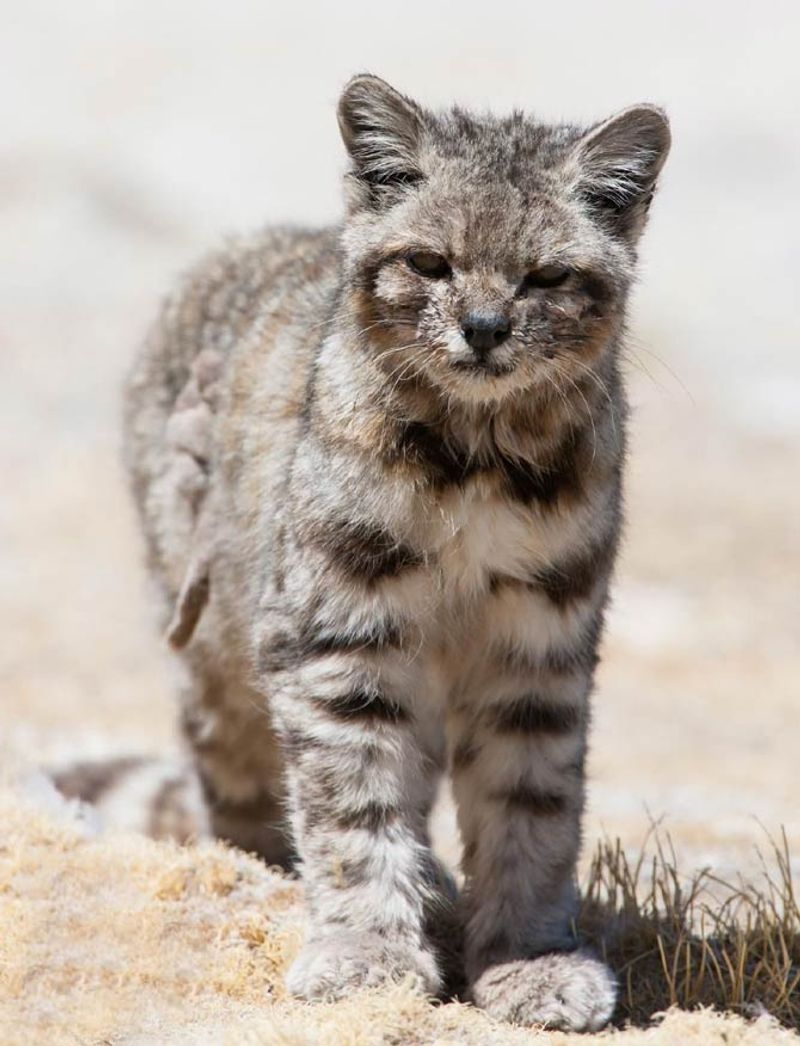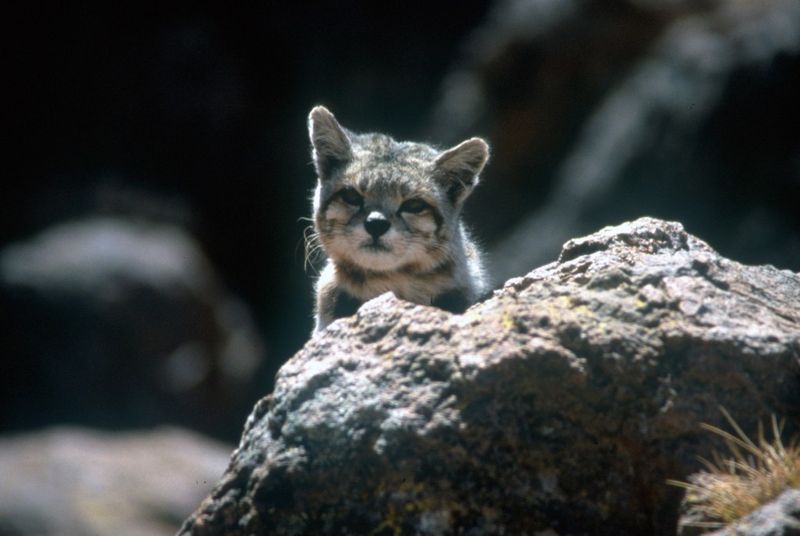📖 Table of Content:
A remarkable discovery has been made in the remote highlands of the Andes mountains. What was once considered a single species of Andean mountain cat has now been identified as including a previously unknown subspecies. This new feline stands out due to unique genetic markers and distinct physical traits.
The Andes continue to surprise researchers with their hidden biodiversity. This elusive wild cat has evaded scientific observation for decades despite ongoing efforts to study the region’s wildlife. Its secretive nature and isolated habitat have contributed to its mysterious reputation.
Understanding this new subspecies sheds light on the complexity of Andean ecosystems. It highlights how much remains undiscovered even in well-studied areas of the Western Hemisphere. The discovery underscores the importance of continued exploration and conservation in mountainous regions.
1. Rare Highland Predator
Fewer than 2,500 Andean mountain cats exist in the wild today. These small, secretive hunters prowl elevations between 3,000 and 5,000 meters, making them one of the highest-dwelling cats on Earth. Their extreme rarity means most local people have never seen one, despite living in the same regions. Researchers often go years between confirmed sightings, relying primarily on camera traps to document their existence. The newly discovered subspecies appears even rarer, with preliminary estimates suggesting fewer than 500 individuals might remain in isolated pockets of the central Andes.
2. Distinctive Physical Features
The newly identified subspecies boasts a silvery-gray coat with striking patterns that distinguish it from its relatives. Researchers noted longer ear tufts and a bushier tail with more pronounced black rings than the previously known population. Adult cats typically weigh between 5-8 pounds, roughly the size of a large domestic cat. Their thick fur provides crucial insulation against the harsh mountain climate where temperatures regularly plummet below freezing. Most remarkable are their enlarged paw pads, which have evolved to navigate rocky terrain and distribute weight when crossing snow – a specialized adaptation not seen in lowland felines.
3. Specialized High-Altitude Hunter
Mountain viscachas—rabbit-like rodents—make up nearly 90% of the Andean cat’s diet. This specialized hunting preference has shaped their entire evolution, from silent stalking techniques to specialized teeth designed for quick killing bites. Dawn and dusk mark their primary hunting periods. The cats use rock formations as cover, patiently waiting for prey to emerge before executing precise ambush attacks. Unlike many predators that opportunistically hunt various species, these mountain specialists have developed such specific hunting techniques that they struggle to adapt when their preferred prey diminishes—a concerning vulnerability as climate change alters their habitat.
4. Genetic Mystery Solved
DNA analysis revealed that the unexpected divergence between populations occurred approximately 300,000 years ago. This genetic separation coincides with a major glacial period that likely isolated certain populations, allowing them to evolve independently. Scientists extracted DNA from scat samples collected across a three-year expedition spanning Peru, Bolivia, Chile, and Argentina. The breakthrough came when comparing mitochondrial sequences that showed a 4.8% difference between populations—well above the threshold typically used to classify separate subspecies. This discovery rewrites our understanding of feline evolution in South America and suggests other cryptic species may exist in remote mountain ranges worldwide.
5. Cultural Significance
Throughout Andean history, indigenous communities have revered mountain cats as spiritual guardians. Ancient Inca artifacts frequently depict these felines alongside mountain deities, suggesting their sacred status predates written records. Local shamans traditionally believed wearing a mountain cat tooth provided protection against evil spirits and illness. This cultural importance created complex relationships between humans and these cats, simultaneously respected yet sometimes hunted for ceremonial purposes. The new subspecies discovery has reignited interest in traditional ecological knowledge. Several communities have shared previously undocumented folktales describing two distinct mountain cat types, validating indigenous wisdom that preceded scientific confirmation by centuries.
6. Conservation Challenges
Mining operations expanding into high-altitude habitats pose the gravest threat to these cats’ survival. Each new access road fragments their territory and introduces human activity that disrupts hunting patterns. Climate change compounds these pressures as warming temperatures push viscacha populations higher, forcing cats to follow their prey into increasingly limited habitat ranges. Conservation biologists estimate that suitable habitat could decline by 30% within just two decades. Protecting this newly discovered subspecies requires immediate international cooperation. Three countries share responsibility for the small region where these cats remain, complicating conservation efforts but creating opportunities for unprecedented cross-border wildlife protection initiatives.
7. Mysterious Behavior Patterns
Remote camera studies have captured fascinating social interactions previously unknown to science. Unlike many solitary felines, the new subspecies appears to maintain loose family groups, with adults occasionally hunting cooperatively when targeting larger prey. Territorial markings follow complex seasonal patterns. During winter months, cats descend to lower elevations and tolerate greater territory overlap, while summer finds them fiercely defending exclusive hunting grounds. Vocalizations remain poorly understood, though researchers have identified seven distinct calls ranging from subtle contact chirps to territorial warnings. Their communication system appears surprisingly sophisticated for such a specialized mountain dweller.
8. Scientific Discovery Journey
The breakthrough began with a lone photograph taken by wildlife photographer Elena Mendoza in 2018. Her image captured subtle differences that prompted closer scientific investigation of what was initially dismissed as individual variation. A dedicated research team spent 267 consecutive days in the field, enduring extreme weather and altitude sickness while collecting evidence. Their persistence paid off when genetic testing confirmed what they had begun to suspect – they had found a distinct evolutionary branch previously unknown to science. Publication in the prestigious journal Nature marked official recognition, though researchers emphasize how much remains unknown about this secretive subspecies whose habitat spans some of Earth’s most inaccessible terrain.
9. Future Research Priorities
Satellite tracking represents the next frontier in understanding these elusive cats. Researchers have developed ultra-lightweight GPS collars specifically designed to withstand extreme mountain conditions without impeding the cats’ movements. Population viability analysis has become urgent following the subspecies discovery. Mathematical models are being constructed to determine the minimum viable population size and identify critical habitat corridors necessary for genetic exchange between isolated groups. Reproductive biology remains virtually unknown, with breeding season, litter size, and cub development all representing major knowledge gaps. Non-invasive hormone monitoring from scat samples offers promising methods to answer these questions without disturbing the cats directly.
